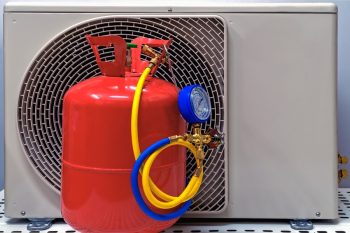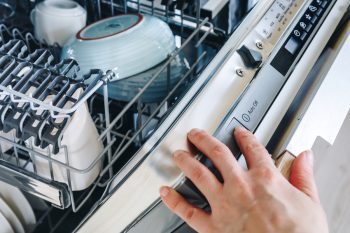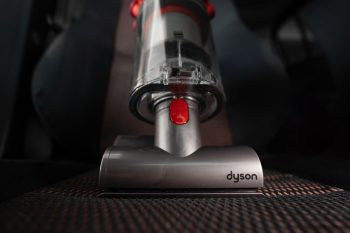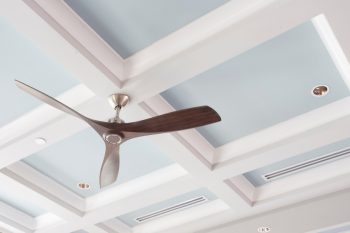
We like to have air conditioners to get a cold, refreshing room environment whenever we want. Sometimes even when the AC is turned on, you will notice stuffiness in your room.
If you feel your room isn’t cold enough, even with a lower temperature setting, the leaked air ducts are the ones to blame.
The air from heating and cooling air conditioners travels through ductwork before it enters the room. If the AC vents are leaked, half of the cold air will escape outside, resulting in poor performance.
Sealing your ducts with tape is a good idea, but the question is how to spot a leakage in the first place.
The most accurate way to check your air ducts for leaking is to get professional help. The experts use sophisticated equipment to know about the leakage.
However, to avoid spending a dime, you can try the following DIY tricks to assess the leakage:
- Visual Inspection
- Smoke Test
- Check Duct joints
Read along as we share insightful ways to check the air ducts leaking and solution for sealing it.
10 Ways To Check the Air Duct Leak
You should never take leaked air ducts lightly. According to Energy Star, 20-30%of air is lost due to leaking air ducts.
Furthermore, it also exerts more pressure on the air conditioner to maintain a cold temperature resulting in higher electricity bills.
So if you notice poor air conditioner performance, higher energy bills, and a dusty home environment, check your vents for a leakage.
1. Visual Inspection
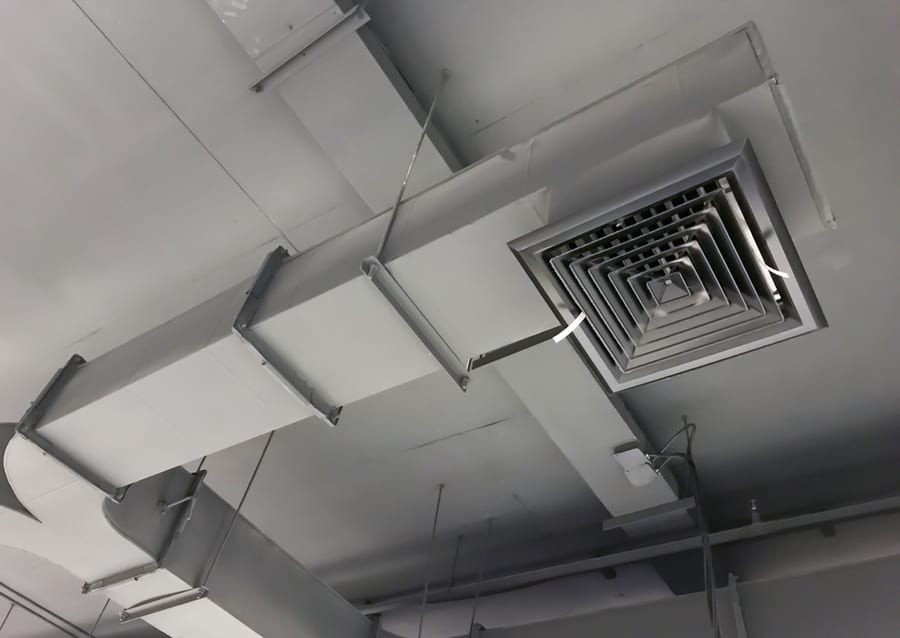
You will usually find the air ducts in the attic, crawlspace, and basement. The easiest way to check for leakage is to inspect visible vents visually.
You can look for gaps, tears, and disconnections.
Look at the insulation surrounding the ducts for damages like mold or damp spots. Once you spot the place for leakage, mark them with a grease pencil to know the exact spot for sealing.
2. Look for Old Duct Tape
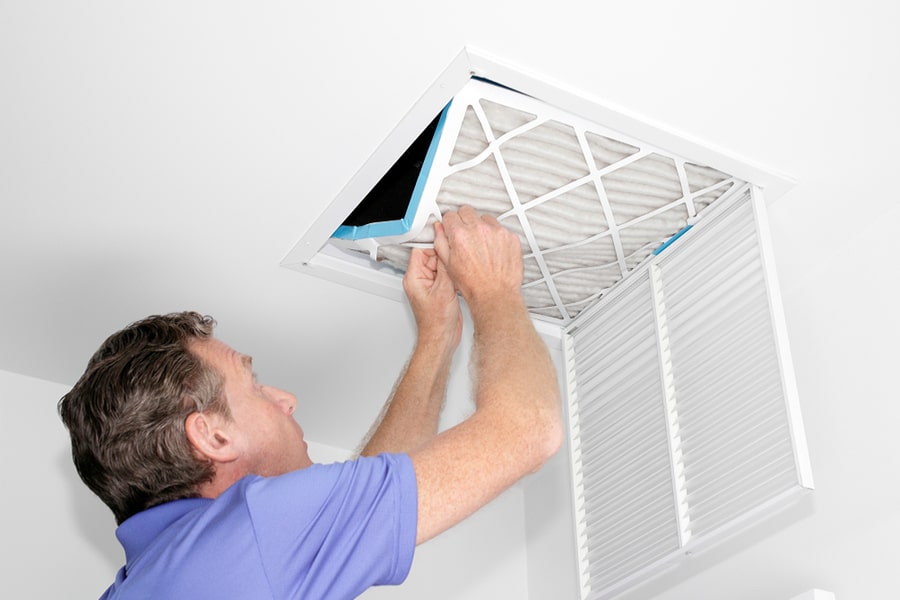
While inspecting the duct, if you find old duct tape, the chances are higher for a leakage. Duct tape can prevent leaking for some time, but they are not a permanent solution.
After a while, these tapes lose their adhesion resulting in leaking.
The best thing is to use mastic sealant for permanently closing the holes and gaps.
3. Call the Experts
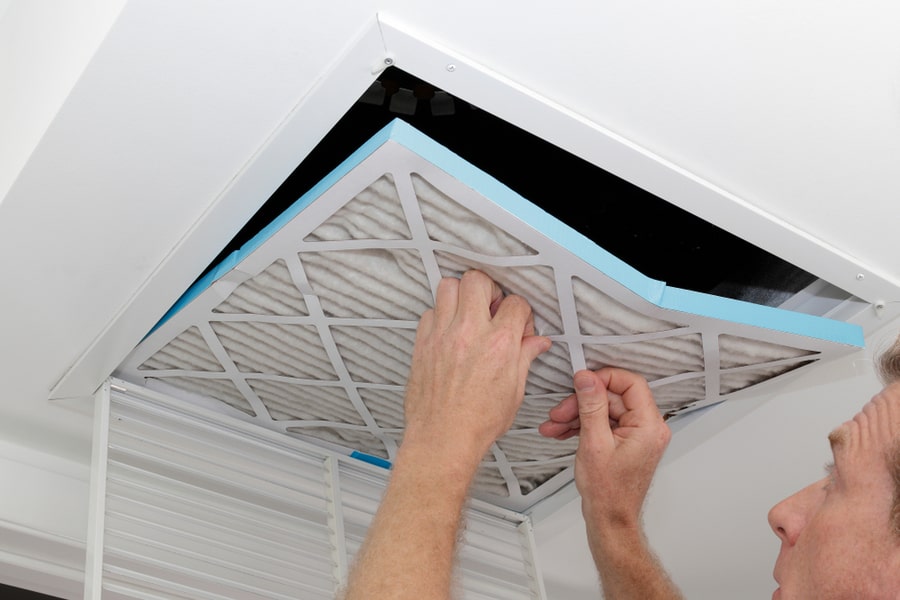
If you cannot find any visible leak in your vent, it is better to call the professionals for assessment.
With the help of specialized equipment, they calculate the airflow measurement and determine if your air conditioner leaks.
However, it is an expensive option, but worth it to save your energy bills and for optimal comfort.
4. Check Duct Joints

Duct joints are the points where the two ductwork sections are connected. These joints have the most pressure and tend to damage with time.
An effective way to check for a leak is to turn your HVAC on, place your hand on the joints, and check if you feel any air coming out.
It indicates holes in the joints that require sealing.
It is better to opt for mastic sealant or metal tape for insulating all the ducts. Please do not go for duct tape, as they are not long-lasting and efficient.
5. Try the Smoke Test

If visual inspection and physical checking for leaking are unsuccessful, you can try the smoke test.
It is a simple experiment that requires any tool that emits smoke. You can use a smoke pencil or an incense stick for the purpose.
Turn your HVAC on and move the stick around the entire ductwork.
If you notice the smoke moving around or blown off, there is likely a leakage that requires your attention.
6. Use a Thermal Camera

A thermal camera captures and creates images with the help of infrared rays. This process is called thermal imaging and helps show any object’s temperature.
Bright colors like red, orange, and yellow indicate warm temperature, while dark colors like purple, blue and black indicates cooler temperature.
You can use the thermal camera to get an infrared image of your duct and look for dark colors as they will indicate the cold air leaking.
7. Try Dragon Puffer
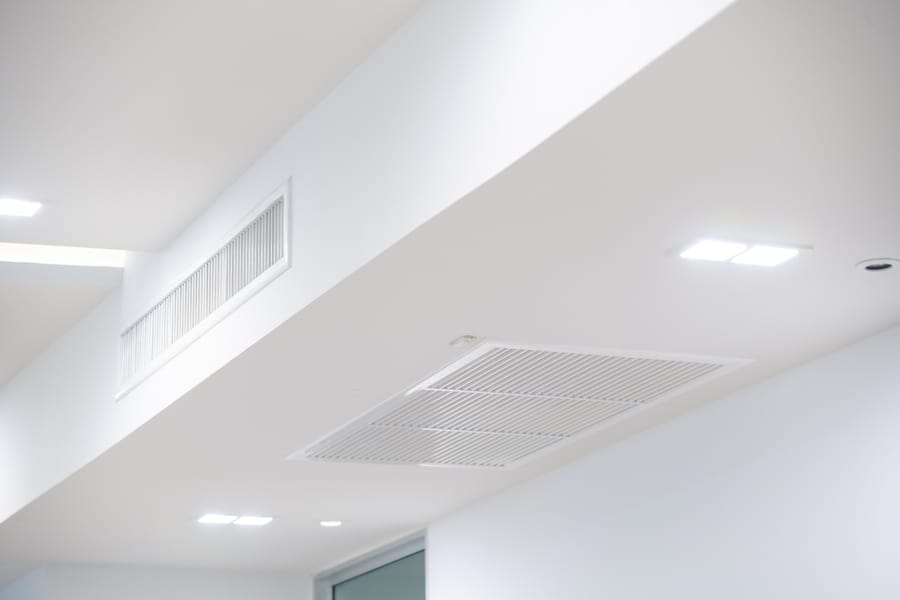
If you do not like the smell of an incense stick or have a large-scale air conditioner, try dragon puffer. It is safe and convenient equipment used for creating non-toxic smoke.
You can turn on your AC, shut the room door and use the dragon puffer to check the airflow around the air grilles.
8. Checking via Manometer
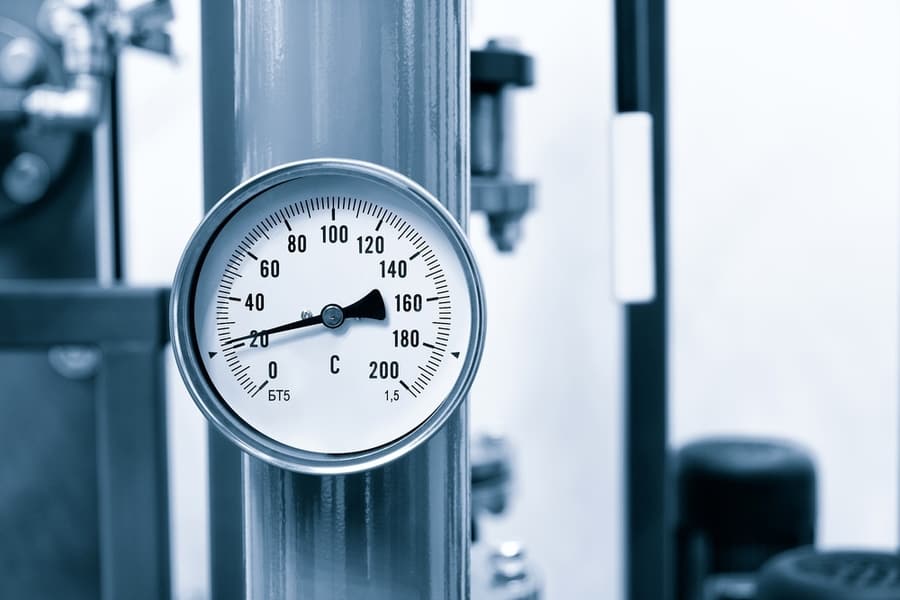
A manometer is a device used to check air pressure. You can use a manometer in HVAC to check airflow and measure negative and positive pressure in ducts.
If you have experience working with a manometer, go ahead; otherwise, ask a professional to do the job.
9. Look for Cold Spots on Drywall
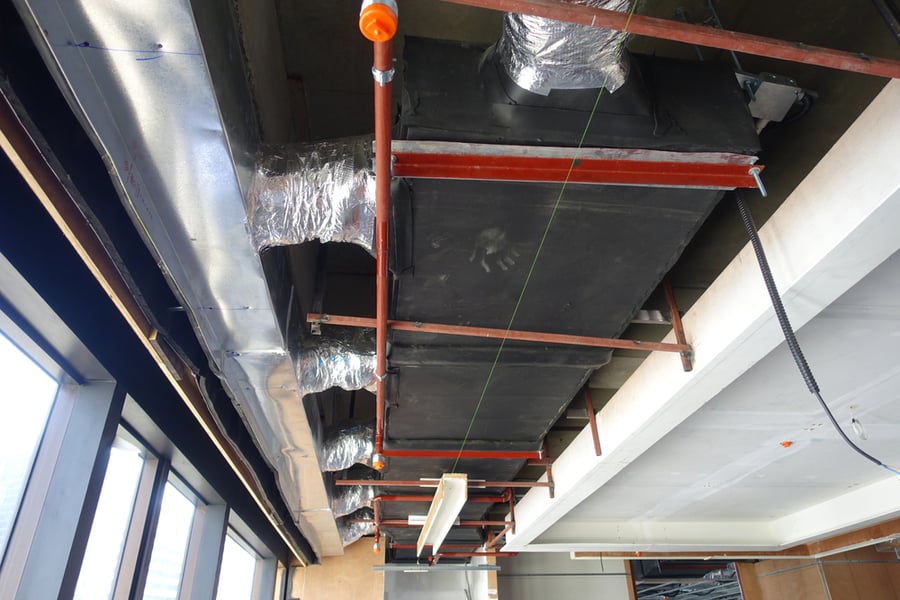
You can examine the wall adjacent to your AC duct and look for cold spots.
A little temperature difference is okay, but if you spot drastic temperature changes, it is a sign that your duct is leaking from somewhere.
10. Try the Duct Efficiency Test

You can also try the duct efficiency test to learn about the performance of your Air conditioner. Open your room window 1-2 inches and switch on your HVAC.
If you notice a small amount of air coming inside the room from outside, it is a sign that your duct is leaking.
Takeaway
Everybody loves to have a cool room during summertime.
But sometimes, your AC can stop cooling for several reasons, resulting in a suffocating room. There can be several reasons, but leak ducts are the main culprit.
You can assess your ductwork by visually examining it or touching the vents to check for leakage.
If you spot a leak, mark it with a grease pencil, use a sealant to seal the hole, or contact a professional to do the job.

